Chandra Rooney has threatened to stop watching Glee if Kurt and Blaine break up. She sporadically updates her personal blog (Dreaming in Red,) and you can follow her on twitter as @sakuralovestea.
If you had asked teen me to name LGBTQ characters and canon pairings in YA lit, most of them would’ve come from Asian comics. The novels I remember reading as a teen—LJ Smith, Christopher Pike, RL Stine—were all hetro couples; manga was where to find the variety.
It was probably Cardcaptor Sakura that I most connected with; CLAMP had written a story reflecting the relationships already existing in the world around me: Boys liked boys; girls liked girls; some characters liked both. (One of my best guy friends came out to me on my seventeenth birthday—try topping that present—and I had a bisexual classmate.)
This was over ten years ago. While gay characters are hardly common in contemporary YA, at least they have more of a presence than they did. Bisexuality, however, still tends to be accepted even less than being gay. Usually if someone says they’re bi, it’s concluded that they’re “confused.” But if you talk to people in the LGBTQ community, you’ll learn that a bisexual is someone who loves individuals regardless of their gender.
A couple years ago I wrote a tie-in novel for TOKYOPOP based on a Korean comic series. The plot isn’t really important, but there was a romance conflict that involved a young woman being engaged to a guy who it’s suggested may have cheated on her with another man.
I raised the issue to my editor that we should perhaps give some indication that the dude was bisexual, because why would a sane woman worry about her heterosexual fiancé fooling around with another guy? My editor agreed.
Except the problem was that we weren’t allowed to explicitly state the character was bisexual. By the rules of the shonen ai genre, this character had to be seduced by an older ‘experienced’ male. We couldn’t imply that the character being seduced was also experienced.
It bothered me, because it left a logic flaw in the character behavior. But it bothered me more because it might support an underlying implication that people can be “turned gay” or that the seduction had “confused” this character.
I don’t believe people turn gay; I don’t believe people who are bisexual are confused. I certainly don’t want to propagate either misconception to readers.
So we found another way. We were subtle instead of loud. We never explicitly state the character is bisexual, but I think there’s enough there that a reader can guess. While I would’ve preferred to state that the character had had previous same-sex relationships, being a professional writer is about compromising—and choosing which battles you want to fight.
The challenging part of being a straight ally to the LGBTQ community is similar to the challenge of writing ethnic minorities: Some times we who are not worry that we’ll offend those who are by getting something “wrong.”
I’ve been outlining a new project—and getting nowhere with it until I realized that the main character is gay. Is there a huge commercial demand for stories where boys fall in love and pilot battle robots? Maybe not; it could just be one more factor that makes this difficult to sell. But I’m not going to worry about that before I’ve even written a first draft.
Authors have to be true to their characters regardless of gender, race or sexuality; the story will tell you what it needs. Whether it sells or not, wouldn’t you rather spend the time writing something you believe in?
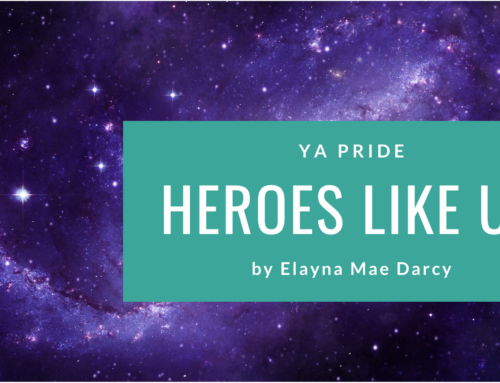
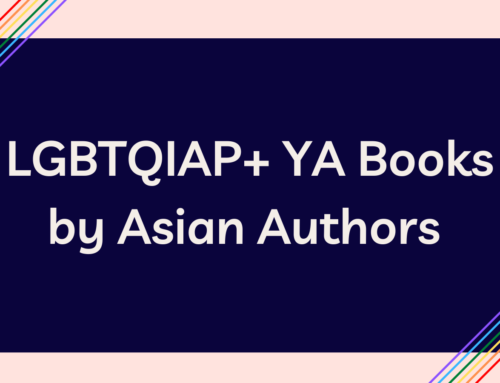
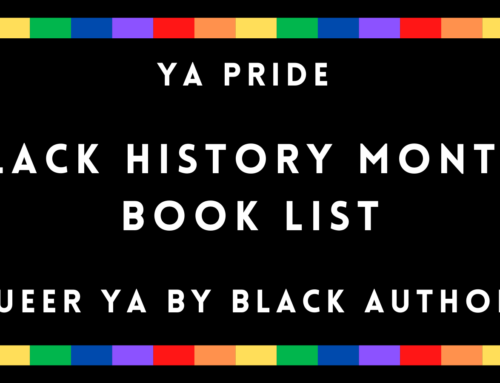
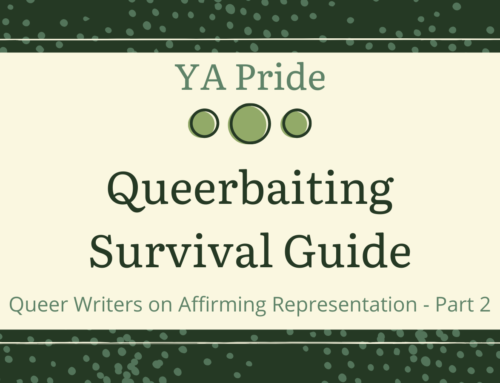
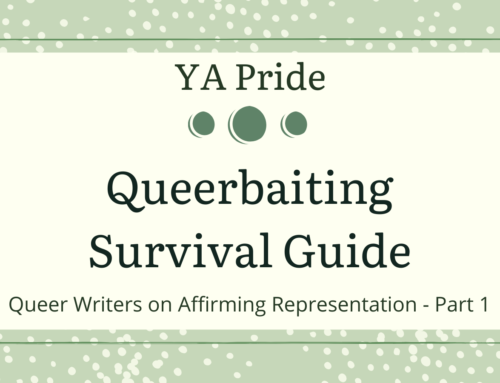
I don’t write, but I used to RP on forms with my friends. Sometimes my characters take on a will of their own. They do things I don’t intend, but its what they need. Its an interesting feeling. Some of these characters I’ve had for years and I’m still learning new things about them.
Thou, I never thought about the bi thing, very interesting topic to read. Hopefully one day that ignorance that people are ‘confused’ will be diluted. Its hard to come out of the closet to say your gay, but its even worse to say your bi. People just don’t understand what that means.
~Kitty
It’s true — It’s been my observation that lesbians or gays face prejudice and abuse from some straight people, but bi folks get it from straight people and the LGTQ community… which often feels like it IS the LGTQ community, without the “B”.
As a reader, I think including LGBTQ relationships that are Not A Big Deal is one of the most important things a straight author can do to be an ally.
It’s about the normalization, and allowing the perception of LGBTQ people as just that — people.
For example: my favorite bisexual relationship is Niall and Irial in Melissa Marr’s Wicked Lovely series. (Full disclosure: I used to run WickedLovely.com, the very first Melissa Marr fansite) It’s first introduced in her second book, Ink Exchange. But after INK was released – and for months after that – one of the most popular questions asked by new members of that fansite was “So, Niall and Irial. Do you think they might be gay?” And I just loved that, the fact that they were clearly (to me) bi & yet it was so Not A Big Deal it wasn’t even completely clear to the average reader.
I think allowing a reader to fall in love with a character and THEN figure out they’re LGBTQ is just as important as directly telling and focusing on LGBTQ stories.
TL/DR: I think including GLBTQ characters is key in all lit & it doesn’t matter how “obvious” you make that or how much you focus on it — each serves it’s purpose to different people. The important thing is just acknowledging that they’re there.
I agree with your point and have to say Niall and Irial are one of my favorites XD
Nice post. I definitely understand that being bi isn’t always excepted by ANYONE. I’m in my colleget’s gay/straight alliance and one of the guys (who was gay) even said he had a hard time understanding the concept of someone being bi for awhile. It was interesting, for me, to hear that…it’s just another party of human nature. Personally, I think it’s great that some people will fall in love regardless of gender. As for me, I’m a straight ally and I think LGBT content needs to be in more books…especially when it’s not “the point” or “the problem.”
-Lauren
http://www.letsgetbeyondtolerance.blogspot.com